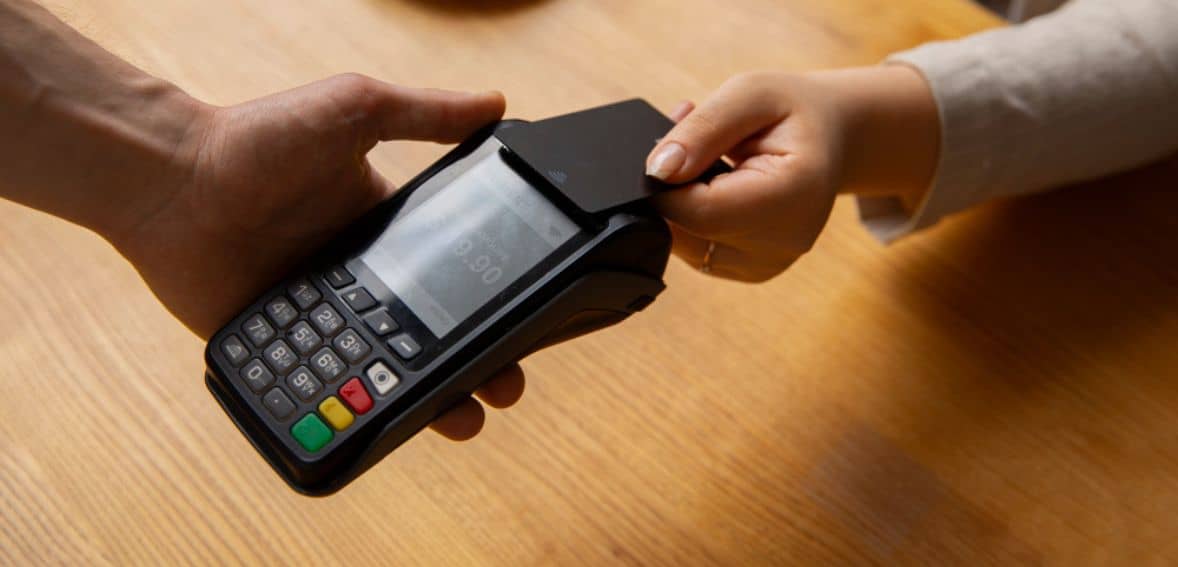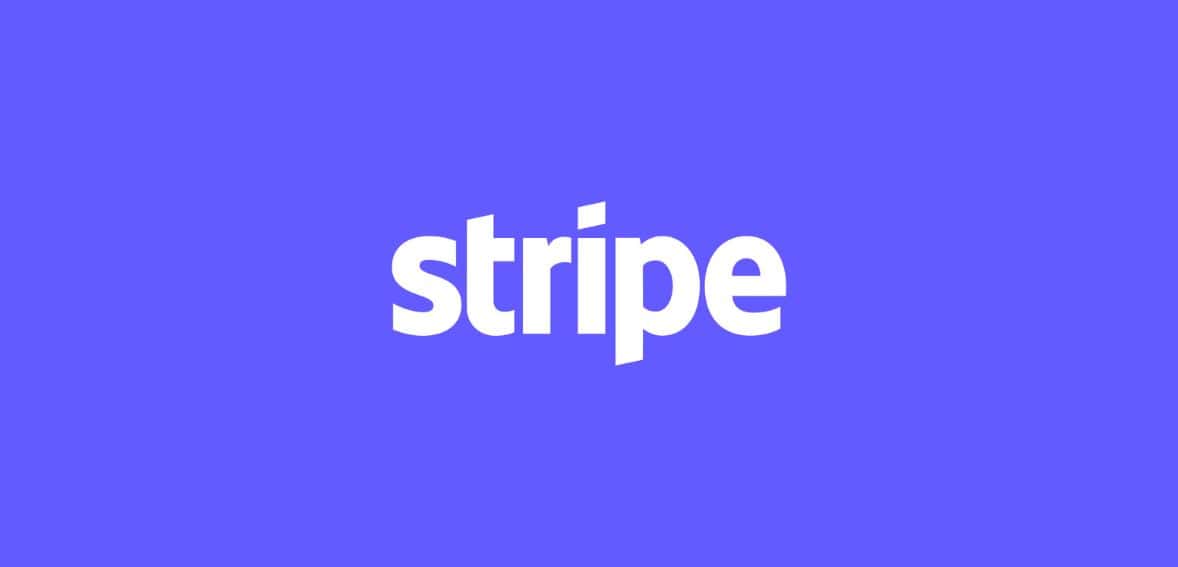
How to Compare Payment Gateway Fees: What’s Worth Paying For?
Comparing payment gateway fees isn’t all about finding the lowest rate but about finding out what exactly you’re paying for. One provider might be way cheaper upfront, but others may offer better value with faster payouts, stronger fraud protection, or better integrations. Knowing which fees are worth it really helps you choose the best fit for your business.
Decoding Payment Gateway Fee Structures
Choosing the right payment gateway can be like trying to navigate a maze of figures and small print. Every provider seems to have its own different way of presenting fees, and it’s tricky to know what you’ll actually end up paying. The key is to look beyond the headline rate and understand what’s included-and what’s quietly added on later.
Payment gateways have become a huge part of how modern businesses run. The market has grown rapidly in the last few years, with billions flowing through these systems every day. Understanding how these fees work will help you select smarter and save more in the long run.
Breaking Down the Most Common Payment Gateway Fees
Most payment gateways work along the same lines when it comes to pricing. You can almost always expect a combination of percentage-based and flat fees, along with a couple of extras depending on how you actually accept the money. The most common charge is the transaction fee, which takes a small percentage of each sale plus a fixed amount, something like 2.9% plus 30 cents per transaction. Some charge a monthly fee, which is usually a fixed charge you pay for either keeping the account active or for certain features, irrespective of how much you sell.
Sometimes there may also be a setup fee, which covers the cost of either creating or integrating your account, though modern providers have removed this for the most part to incentivize users. The other one to watch for is the refund or chargeback fee levied when customers ask for a refund or dispute a payment. This is all important to understand in advance because the cheapest-looking option sometimes isn’t the most affordable when you factor in all the hidden costs.
Key Factors that Influence Payment Gateway Fees
When it comes to payment gateway charges, there are a number of key factors that determine what you’ll actually end up paying. Understanding these will help you make better decisions when you compare providers and avoid unexpected costs later on.
Firstly one crucial factor is from where your customers are. International payments are usually more expensive to accept than domestic ones, due to currency conversion and heightened processing risks. If your business sells to customers abroad, it’s smart to choose a gateway with reasonable international fees to keep costs manageable.
Secondly the payment method also plays a big role in your overall expenses. Some options, like direct bank transfers or ACH payments, tend to have lower fees, while credit cards or “buy now, pay later” services are usually more expensive. Offering multiple payment methods gives customers flexibility but can also increase your total processing costs.
Another cost driver is integrations with other tools. Many gateways let you connect with accounting software, tax calculators, or customer management systems to make operations easier. While these integrations do save time, they often come with additional monthly charges or per-transaction charges.
Additional gateway services, such as fraud detection, tax handling, and ID verification, can make your operations smoother and safer, but in most cases, they add more fees. The best way is to balance convenience with cost, paying only for features that will actually help your business.
Top Payment Getaways of 2025
Square

Square is a comprehensive financial platform designed to help businesses of all sizes manage payments effortlessly. Whether you’re accepting payments in person with hardware card readers or online through a website, Square makes it easy to process credit card, debit card, and mobile wallet payments such as Apple Pay and Google Pay
Fee Type | Rate / Fee |
Tap, Dip, or Swipe | 2.4%–2.6% + 15¢ |
Online | 2.9%–3.3% + 30¢ |
Online API | 2.9% + 30¢ |
ACH Bank Transfer (via Invoice) | 1%, $1 minimum, up to $10 fee cap |
ACH Bank Transfer (via API) | 1%, $1 minimum, $5 fee cap |
Manual Entry / Card on File | 3.5% + 15¢ |
Cash App Afterpay | 6% + 30¢ |
Cash or Check | Free |
Helcim

Helcim offers transparent interchange-plus pricing, no monthly or setup fees, in-person & online checkout tools, virtual terminals, and merchant-friendly invoicing and subscription features—designed to provide small and mid-sized businesses with a straightforward, low-cost payment solution.
Transaction Type | Category | Average Rate | Fixed Fee | Additional Notes |
In-Person | Combined | 1.83% | + 8¢ | — |
In-Person | Combined | 2.61% | + 8¢ | — |
In-Person | PIN-Debit | 1.00% | + 8¢ | — |
Keyed | Combined | 2.27% | + 25¢ | — |
Keyed | Combined | 3.01% | + 25¢ | — |
ACH Acceptance | — | 0.5% | + 25¢ | Capped at $6 for transactions below $25,000 |
ACH Acceptance | — | +0.05% | — | For transactions above $25,000 |
Strip

They include a powerful, flexible platform; support for more than 135 currencies; major wallets such as Apple Pay and Google Pay; recurring billing features; marketplace-capable payouts; and strong fraud protections.
Card Type | Description | Transaction Fee / MDR | Additional Charges |
Domestic Cards | Accepts Mastercard, Visa, prepaid cards, and digital wallets for cards issued in the USA.
| 2% for Mastercard and Visa cards issued domestically | Domestic debit cards have an MDR of 0.4%, capped at $2.40 |
International Cards (Mastercard & Visa) | Accepts Mastercard and Visa cards issued outside the USA.
| 3% | Additional 2% if currency conversion is required |
International Cards (American Express) | Accepts American Express cards issued outside the USA.
| 3.5% | Additional 2% if currency conversion is required |
International Cards (USD or Other Currency Presentment) | For international cards billed in USD or other foreign currencies. | 4.3% | Additional 2% if currency conversion is required |
Shopify

Shopify Payments natively integrates into the ecommerce platform to help a merchant quickly set up checkout, unified online + in-store sales, fraud screening, support for multiple payment methods and currencies, all at your fingertips for merchants using the platform to manage storefront and payments.
Processor | Transaction Fees | Additional Costs |
Shopify Payments | In-Person Payments: Basic Plan: 2.6% + $0.10 Grow Plan: 2.5% + $0.10 Advanced Plan: 2.4% + $0.10 Online Transactions: 2.5%–2.9% + $0.30 (plan-dependent) Currency Conversion: 1.5% (US) or 2% (other regions) | No monthly, hidden, setup, or extra third-party fees |
GoCardless

GoCardless specializes in ACH/bank-debit payments and recurring billing, automation of payment collection and retries, support for international payments and capturing of recurring revenue at lower costs, especially suited for subscriptions and invoicing.
Fee Type
| Standard | Advanced | Pro | Notes |
Domestic Fees | 1% + £/€0.20 | 1.25% + £/€0.20 | 1.4% + £/€0.20 | Applies to all domestic transactions
|
Max Price Cap (Domestic) | £/€4 | £/€5 | £/€5.60 | Maximum fee per domestic transaction
|
High-Value Transactions (Over £2,000)
| +0.3% | +0.3% | +0.3% | Added only on the amount above £2,000
|
International Fees | 2% + £/€0.20 | 2.25% + £/€0.20 | 2.4% + £/€0.20 | Applies to all international payments
|
Refund Fees
| £/€0.50 | £/€0.50 | £/€0.50 | Fixed fee per refund
|
Chargeback Fees | £/€5 | £/€5 | £/€5 | Only if over 15 chargebacks per month
|
Key Features | Enhanced payment protection | End-to-end fraud protection | Advanced security features | Prices exclude VAT |
Comparison of Payment Getaway Fees
Comparing Square with various payment processors, such as Helcim, Stripe, Shopify, and GoCardless, is a clear example that each serves different types of businesses with specific priorities.
Square is the go-to choice for small businesses that sell in-store and online. Its biggest advantage? Simplicity: no setup costs, easy hardware integration, and clear per-transaction pricing. From café owners to local service providers, Square’s free plan covers your bases, while its paid plans are filled with advanced tools to manage inventory, appointments, and customer data. The transparent fees across in-person, online, and ACH payments make it perfect for anyone who wants an all-in-one solution without any surprise hidden costs.
Where Helcim really shines is in its transparent pricing and interchange-plus model. It’s ideal for companies running a large volume of transactions every month. Unlike many flat-rate processors, Helcim passes along the true interchange cost, so you pay much closer to the actual network fees, rather than inflated markups. That makes it particularly great for scaling companies looking for affordability.
Stripe is built for digital-first businesses and developers, offering powerful APIs that allow full customization of online checkout experiences. Stripe’s pricing starts at 2% for domestic cards and goes up for international payments, with additional charges for currency conversion. It’s the top choice for tech-driven startups, SaaS providers, and e-commerce stores needing scalable, global payment support.
Shopify Payments also simplifies life by integrating payment processing right into its e-commerce platform. There are no set-up or third-party fees, and the rates are straightforward, at about 2.5% to 2.9% per transaction, depending on your plan. For online retailers who are already using Shopify, this built-in option eliminates the need for external gateways and keeps payment data and store operations under one dashboard.
GoCardless operates on bank-to-bank transfers for one-off and recurring payments. It’s ideal for businesses that either rely on subscriptions or invoice payments. The fees are capped per transaction, which again can make it economical for large-value transfers. It also offers fraud protection, refunds, and flexible international payment support, placing it at the forefront of industries such as professional services, membership, and utility industries.
Overall, Square and Helcim are best for in-person transactions, Stripe and Shopify shine online, and GoCardless is ideal for recurring payments. The right choice would depend on how you collect money-whether through card readers, online checkouts, or direct bank transfers. Choose well, and you can make a big difference in how much you save on fees while keeping your payment process smooth and secure.
How to Choose the Best Payment Gateway: 4 Key Questions to Ask
Choosing the correct payment gateway is one of the key decisions for any online business. It affects not only how smoothly customers can pay, but also how secure and affordable your payment process will be. Before you commit to a provider, take a step back and ask yourself these four key questions.
1. Is the Payment Gateway Hosted or Integrated?
A hosted gateway redirects customers to an external page for payment and then takes them back to your website once the transaction is complete. It’s very easy to set up, and all security issues remain with the provider. In contrast, an integrated gateway lets customers make a payment directly on your site.
This allows you more control over the look and feel of checkout and to create a more seamless experience. If you prioritize ease of use, then hosted getaway will be the way to go. However, if you want complete control over branding and upselling, integrated systems are worth the investment.
2. Will Your Customer Base Have Confidence In this Method of Payment?
Familiarity builds confidence. Customers are more likely to complete a purchase when they recognize and trust the payment gateway you use. If the method seems unfamiliar, or if your site lacks visible security features such as SSL certification, many buyers will abandon their cart.
Always choose a gateway that’s known for reliability and has a strong track record of protecting user data. The more your customers trust your checkout process, the more sales you’ll close.
3. Is a Merchant Account Included In a Payment Gateway?
With some gateways, the merchant account comes included, while with others, you have to set one up through a different provider. Bundled options can simplify your setup, often with lower ongoing fees.
If you already have a merchant account, just make sure it’s compatible with the selected gateway. The goal is to keep your payment process as smooth and cost-effective as possible without creating extra administrative work.
4. What are the Total Fees Involved?
Pricing can be a real deal-breaker. While many gateways have some form of transaction fees, with various monthly charges in addition, some include setup or refund fees. Find out what other charges may be incurred before signing up.
If your business has a high volume of transactions, search out providers that offer discounts for volume. Remember, the cheapest option upfront isn’t always the most affordable in the long run, especially if it lacks key features or strong security protections.
The choice of a payment gateway isn’t just about processing payments; it is about creating an experience that’s safe, secure, and frictionless for your customers. Asking these four questions will help you find a provider that fits both your budget and your business goals.
Hidden Fees Every Merchant Should Watch Out For
The rate you see advertised is just the starting point, really. Many businesses think they’re getting a great deal until they receive their first statement and find many hidden fees that were buried in the merchant agreement. These additional charges are often small but with time can add up fast and can turn what you initially thought to be an affordable option into a costly one. The only way you can protect your profit margins is by understanding every detail before signing. Comparing payment gateways isn’t just about the transaction rate; it’s finding all those extra costs that may later pop up.
One of the biggest concealed costs is chargebacks. Every time a customer disputes a transaction, you don’t just lose out on the sale, you also pay a penalty fee around $15 to $25 per case. Even worse, these fees apply whether you win or lose the dispute. If they happen too much, your account will be labeled “high-risk,” freezing funds in your account or even closing it altogether. Just a few chargebacks a month for small businesses translate into huge financial stressors. You should, therefore, understand a provider’s dispute process before you commit.
There are also compliance and service-related fees that many business owners overlook. Several payment gateways charge for maintaining PCI compliance or the verification of security standards. Failure to do so attracts even higher fines. Add-on tools, like recurring billing, faster payouts, or accounting integrations, usually incur separate monthly charges. While each fee might look small, together they make a big difference to your overall expenses. That is why reading every part of your merchant agreement carefully is very important; it helps you notice those hidden costs that could quietly eat into your profits over time.
Conclusion
When comparing the fees charged by different payment gateways, keep in mind that the lowest quote is not always the best. The actual rates are usually hidden behind promotional ones, and what is included in the service-security, customer support. A slightly higher fee can be worth it if it saves time and prevents future issues. Take the time to review every detail to ensure long-term value for your business.
FAQs
What are payment gateway fees?
Payment gateway fees refer to charges made for processing online transactions between customers and your business.
Why do gateway fees vary?
Fees vary by provider, transaction type, payment method, and additional features such as fraud protection or same-day payouts.
Are inexpensive gateways always better?
Not always. Lower fees can mean slower payouts, limited features, or poor support. Always balance cost with reliability.
How can I avoid hidden charges?
Read your merchant agreement carefully and ask about extra fees for disputes, PCI compliance, or premium services.
Which payment gateway is good for small businesses?
Look for web hosting with transparent pricing, no setup fees, responsive support, and scalable plans that grow with your business.